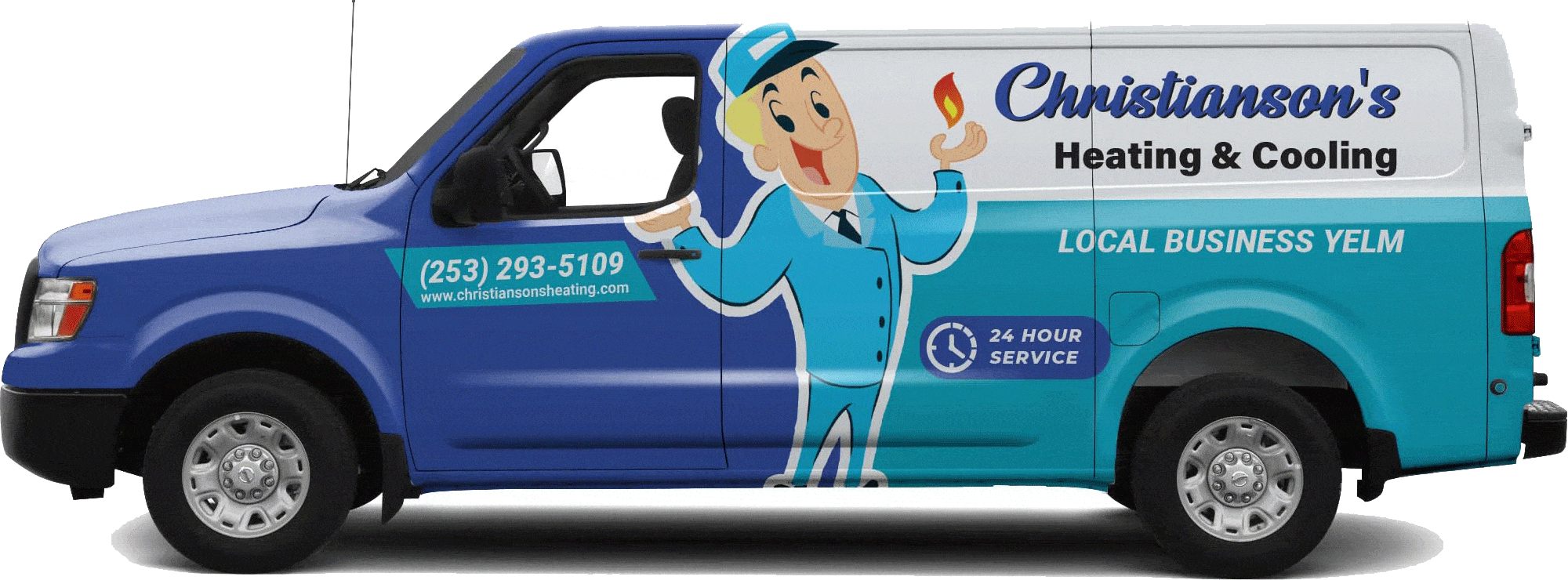
Electrical Outlet Ultimate Guide – Understanding Types and Applications
If you’re thinking about upgrading your electrical outlet, it’s important to understand the different types and applications.
Choosing the right outlet can help you avoid shock hazards and improve your home’s energy efficiency. Most outlets look the same, but they have unique properties and features. For example, GFCI outlets can mitigate water-related hazards.
15-Amp
The most common electrical outlets in homes are the standard 15-Amp versions found throughout the country. These can be recognized by their two vertical slots for hot and neutral, as well as a round grounding slot directly above or below them.
While these two-prong outlets are still commonly used, electricians strongly recommend upgrading to the three-prong varieties whenever possible. These are safer and more reliable, especially when used with high-voltage appliances like smart TVs.
You’re likely to see GFCI outlets (ground fault circuit interrupter) in areas of your home that are near water, such as the kitchen or bathroom. Despite their similar appearance to traditional outlets, these outlets are designed to cut power immediately when they detect an imbalance. They are a must-have for homeowners with small children who may stick items into outlets.
20-Amp
In most American homes, electrical outlets (also known as receptacles) are 15-amp or 20-amp. Both types deliver electricity, but each is designed to handle a different level of current intensity.
A two-prong outlet has long connection slots that fit plugs with two prongs and provides an ungrounded connection. This is a type of outlet that you may still find in older homes, but it is being replaced by 3-prong outlets for safety reasons.
These outlets are similar to the two-prong outlet, but they feature a notch in the left side of the longer prong. They are used in garages, laundry rooms and kitchens to power appliances that use a lot of energy without tripping the circuit breaker. This outlet type is also available in weather-resistant receptacles that are suitable for outdoor applications.
GFCI
GFCIs, also known as GFIs, monitor the current moving through a circuit and cut it off if it’s not flowing down the correct path (in this case, from hot to neutral). This prevents fatal shocks caused by electricity finding its way into conductive paths such as through water or a person.
These outlets are required in kitchens, bathrooms and anywhere the outlet might be near water. They look like regular outlets, except with two vertical slots and a round hole in the center; the larger “left slot” corresponds to “neutral” while the smaller “right slot” is “hot.”
Unlike fuses or circuit breakers, which have to wait until they’ve tripped to cut off power to your home, these outlets react as fast as one-thirtieth of a second.
AFCI
Arc fault circuit interrupters (AFCI) mitigate the consequences of electrical arcing by functioning to detect arcs and then de-energize the outlet. These outlets can be either a breaker or a receptacle and protect any loads connected downstream of the receptacle on the same circuit.
AFCIs detect dangerous arcing faults and turn off power to the outlet before overheating occurs to avoid a structure fire. Arcing faults are caused by damaged or deteriorated wires and cords, including those that are pinched or pulled by furniture, pushed into outlets, tripped over by appliances, cords caught in doors and walls, and natural aging. The NEC requires AFCIs on all circuits that feed outlets in bedrooms and, as of 2014, all 120-volt, single-phase branch circuits supplying outlets installed in dwelling unit kitchens, family rooms, dining rooms, parlors, libraries, dens, sunrooms, recreation rooms, closets, hallways, and laundry areas.
Switch
Outlets may be overlooked, but they’re essential for lighting your home and powering appliances. Technological advances are giving outlets and switches exciting new capabilities. Learn what you need to know about them before you upgrade your wiring or add new devices.
Electrical outlets are sockets that plug into electrical equipment to create a circuit that draws alternating current from the power grid. Their shape and size differ around the world, but they all share the same basic design. Knowing which kind of outlet you have and what it can do is critical for your safety. It also helps you understand what goes on behind the walls of your house when you turn on a lamp or microwave.



This article provides valuable information about different types of electrical outlets and their applications. It’s crucial to understand the differences to ensure safety and energy efficiency in our homes.
Absolutely, knowing the importance of the types of outlets and where they are best suited is essential for homeowners.
I couldn’t agree more. Upgrading to the three-prong varieties and using GFCI outlets in areas near water can make a significant difference in preventing hazards.
The detailed explanation of GFCI and AFCI outlets was very informative. Understanding their functions and where they are required can help in making informed decisions when it comes to electrical safety.
Indeed, it’s crucial to stay updated with the latest advancements and requirements when it comes to electrical outlets and switches.
The article offers a comprehensive guide to understanding electrical outlets and the importance of choosing the right types for various applications. It’s essential knowledge for homeowners.
Agreed, the article provides valuable insights for homeowners looking to upgrade their electrical outlets and improve safety measures.
Absolutely, staying informed about the types and functions of electrical outlets is crucial for ensuring safety and efficiency.
I found the article to be quite enlightening regarding the significance of different electrical outlets in maintaining safety and preventing hazards in our homes.
The article was very enlightening and provided a detailed understanding of the different types of electrical outlets and their applications. It’s crucial knowledge for homeowners to ensure safety and energy efficiency in their homes.